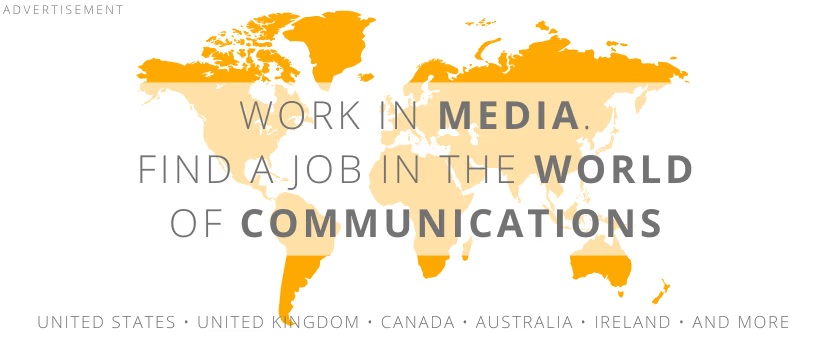 illustration: bing.com/create
illustration: bing.com/createThe term "yellow press" was first used in the United States in 1896 to describe the competition between two New York newspapers: Joseph Pulitzer`s New York World and William Randolph Hearst`s New York Journal. Both newspapers competed for the highest circulation by using increasingly sensational and scandalous methods. The name "yellow press" originated from the yellow comic strip associated with the character The Yellow Kid, which appeared in both publications.
One of the most notable examples of yellow journalism from that time was the story of the sinking of the Spanish cruiser "Maine" in 1898. Hearst and Pulitzer falsely accused Spain of sinking the ship, which contributed to the outbreak of the Spanish-American War.
Distinctive Features of Yellow Press
Also known as "penny press," yellow journalism is characterized by the following features:
- Focus on Sensation: Yellow press focuses on shocking, surprising, or unexpected events, often using headlines and illustrations designed to grab readers` attention.
- Superficiality: Yellow press often addresses complex topics in a superficial and simplified way, disregarding objectivity and accuracy.
- Emotions: Yellow press aims to evoke strong emotions in readers, such as fear, anger, or admiration.
Several factors contribute to the popularity of yellow press, including human curiosity that drives us to read about shocking and unexpected events, and the availability of information that makes it easier to find stories of interest.
Yellow press is popular in many countries. Examples include:
- In the United States: "The New York Post," "National Enquirer"
- In the United Kingdom: "The Sun," "Daily Mail"
- In Germany: "Bild," "RTL Aktuell."
Impact of Yellow Press on Society
Yellow press can have both positive and negative impacts on society. On one hand, it can raise public awareness on important issues. On the other, it can spread misinformation and contribute to societal polarization.
Positive effects of yellow press include:
- Raising Social Awareness: Yellow press can help raise awareness on important topics, such as social issues, politics, and culture.
- Promoting Democracy: Yellow press can support democracy by monitoring power and informing the public about significant events.
Negative effects of yellow press include:
- Spreading Misinformation: Yellow press can spread misinformation by disseminating false or unverified information.
- Polarizing Society: Yellow press can polarize society by promoting extremism and antagonism between different social groups.
Yellow journalism can be found in various media, such as print, television, radio, and online. Examples of yellow journalism practices include:
- Clickbait Headlines designed to attract readers` attention, even if they don`t match the article’s content.
- Spreading Gossip and Sensationalism without factual support.
- Using Unethical Journalism Practices, such as spying or blackmail.
Controversies and Popularity
In addition to newspapers, yellow journalism is also popular in other media, such as television, radio, and the internet. News programs and talk shows often focus on scandals and sensational topics. On the internet, news portals frequently publish articles on yellow press themes.
Yellow press and yellow journalism are terms that provoke much controversy. On one hand, they can be seen as a form of freedom of speech, allowing important topics to be discussed in a way that attracts readers’ attention. On the other hand, yellow press is criticized for spreading misinformation and polarizing society.
COMMERCIAL BREAK
New articles in section Media industry
Journalism in the age of AI. Why people prefer humans over machines
Krzysztof Fiedorek
Only 12% of people accept news created solely by AI, while 62% prefer those written by humans. At the same time, only 19% notice labels indicating the use of artificial intelligence, while younger audiences ask AI to explain the content to them. These are the findings of the Reuters Institute report on artificial intelligence in media.
Why do we believe fakes? Science reveals the psychology of virals
KFi
Why do emotions grab more attention than evidence, and why can a fake authority overshadow scientific data? Researchers from Warsaw University of Technology, Jagiellonian University, and SWPS University in Poland sought the answers. Here are their findings.
Investigative journalism in Europe. Newsrooms face pressure
KFi, Newseria
Media and political representatives point to the difficult situation of investigative journalism in Europe. Newsrooms are reluctant to invest in this segment due to high costs and the large amount of time and effort required. Most of all, however, they fear legal proceedings.
See articles on a similar topic:
Business Communication and 25 Years of PR Evolution. ITBC Report
KFi
How has technology transformed the way companies communicate with clients? What connects speed of response, creativity, and crisis resilience? The ITBC Communication report reveals how communication has evolved over the past 25 years and what defines the future of business relationships.
Fake News in Poland. Challenges in Assessing Information Credibility
RINF
One in four information consumers relies on sources where verifying credibility is a significant challenge. Fake news remains a major issue, as indicated by 77% of respondents, with 51% admitting they struggle to discern truth from falsehood, according to Deloitte's *Digital Consumer Trends 2021* report.
New Technologies in Journalism. PressInstitute Study
BARD
Nearly 39% of journalists use their smartphone or tablet camera to record videos, while over 26% use the built-in camera to take photos that they later publish, according to the "Journalists and New Technologies" study by PressInstitute.
AI changes the game. A new face of internet search
KFi
Half of consumers in the US already use AI-powered search. By 2028, purchase decisions worth $750 billion will be made through AI. These findings come from McKinsey’s report "Winning in the age of AI search".





























